Bearing Clearance in Slurry Pump Bearings
Bearing clearance adjustment is a crucial aspect of bea [...]
Bearing clearance adjustment is a crucial aspect of bearing installation in slurry pumps. So, what is bearing clearance and why is it necessary to adjust it? Let’s understand it together.
Bearing clearance refers to the internal gap within an individual bearing or a system composed of multiple bearings in a slurry pump. It can be classified as axial or radial clearance, depending on the bearing type and measurement method.
The reason for adjusting bearing clearance is that both excessive and insufficient clearance can affect the bearing’s service life and the overall stability of the slurry pump.
Now, how do we adjust bearing clearance? The method of clearance adjustment depends on the type of bearing and can be categorized into two types: non-adjustable clearance bearings and adjustable clearance bearings.
Non-adjustable clearance bearings are pre-adjusted at the factory and do not require any further adjustment. Examples include self-aligning bearings, deep groove ball bearings, cylindrical roller bearings, and others.
Adjustable clearance bearings allow for the movement of the bearing race relative to the axial position to achieve the desired clearance. Examples include tapered roller bearings, angular contact ball bearings, and some thrust bearings.
This concludes our discussion on bearing clearance in slurry pump bearings.

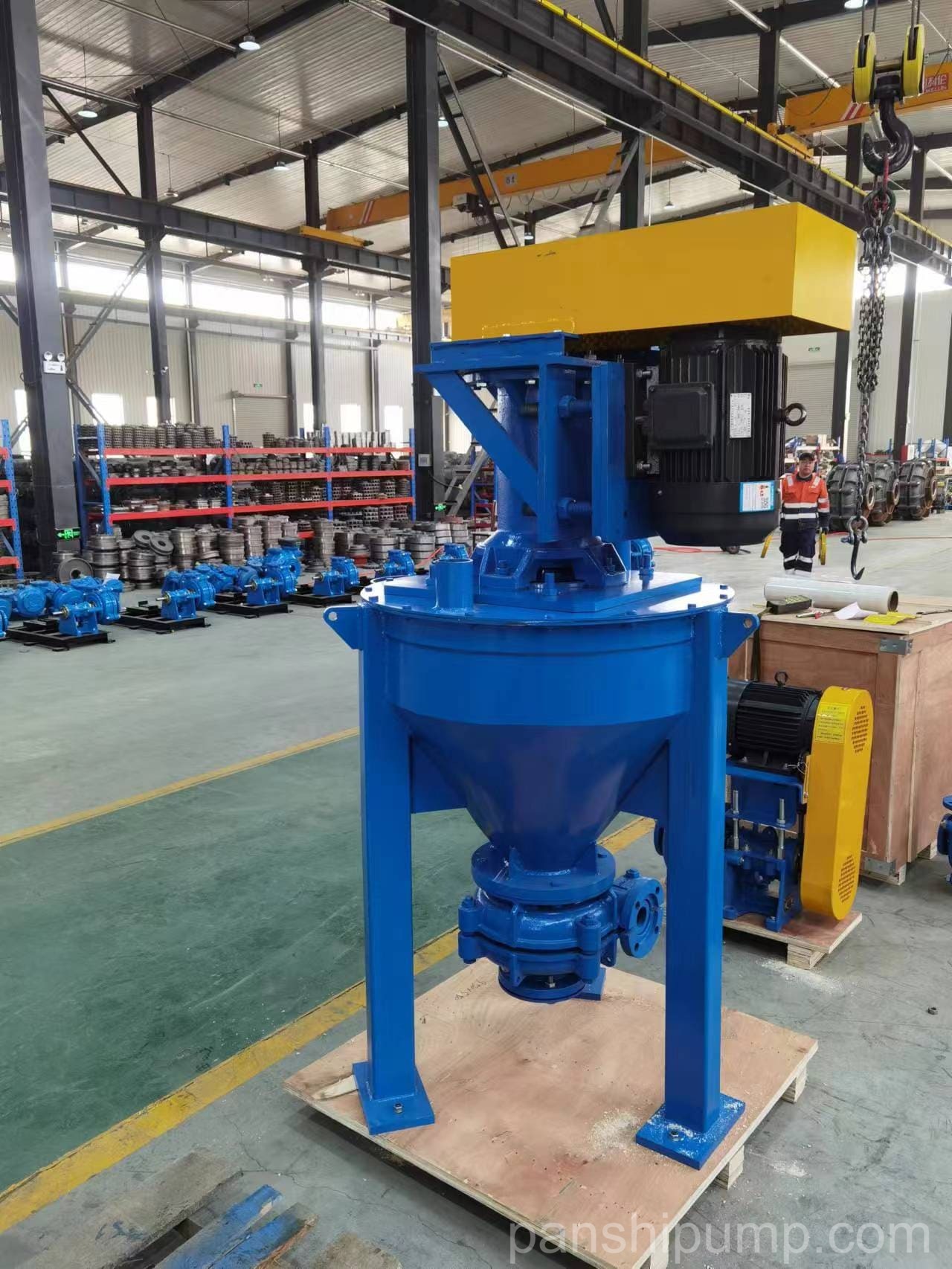
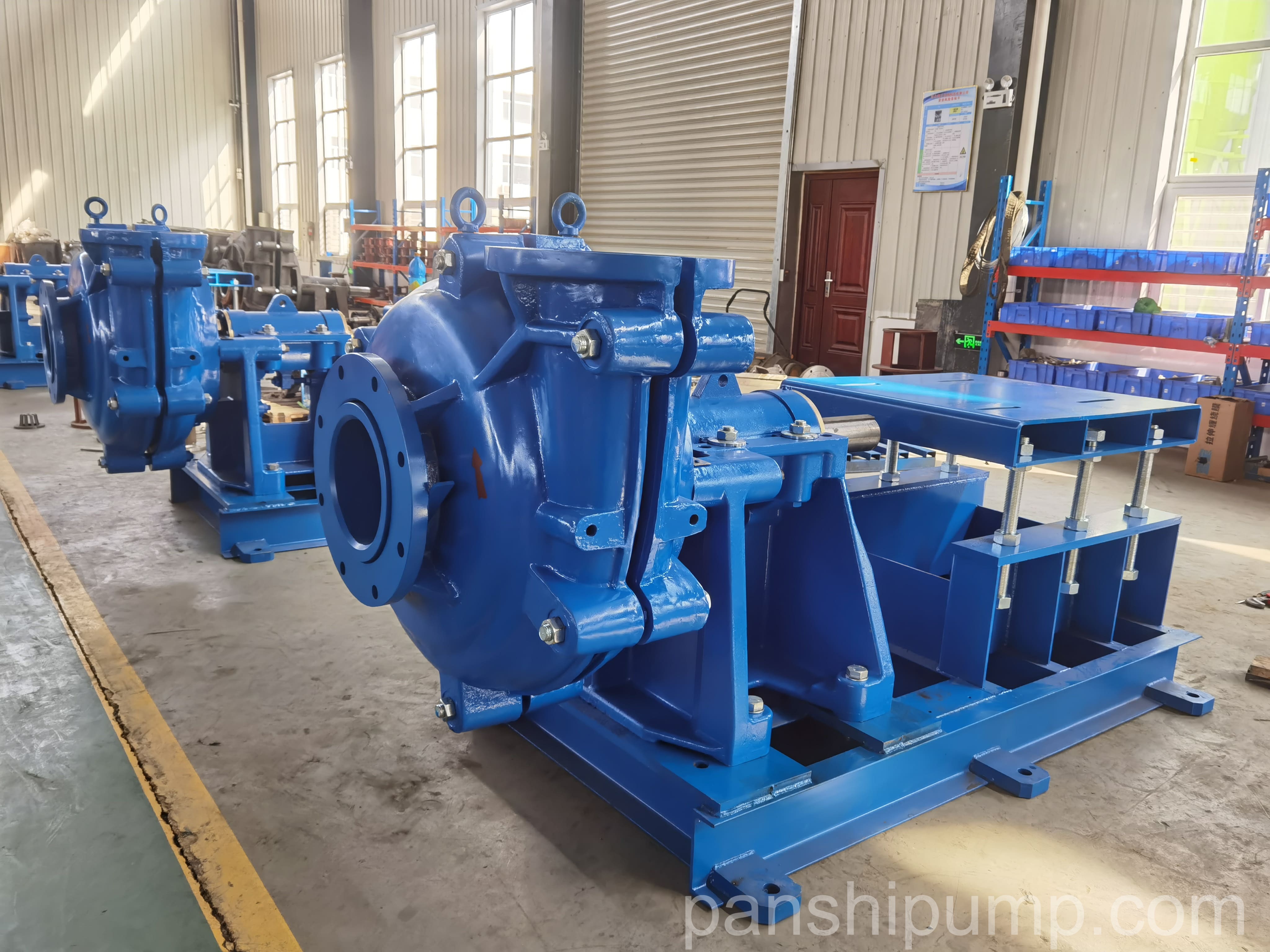
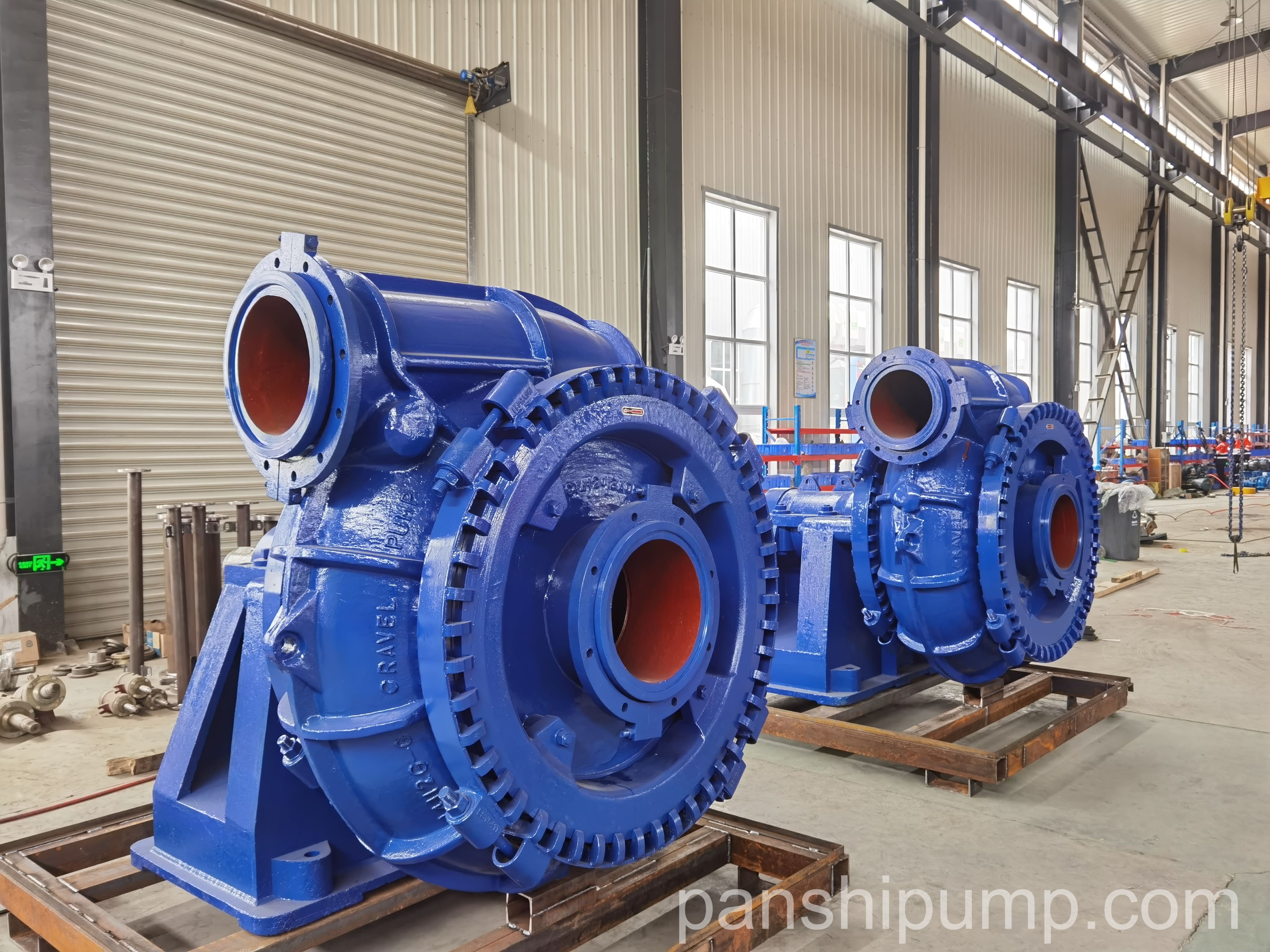
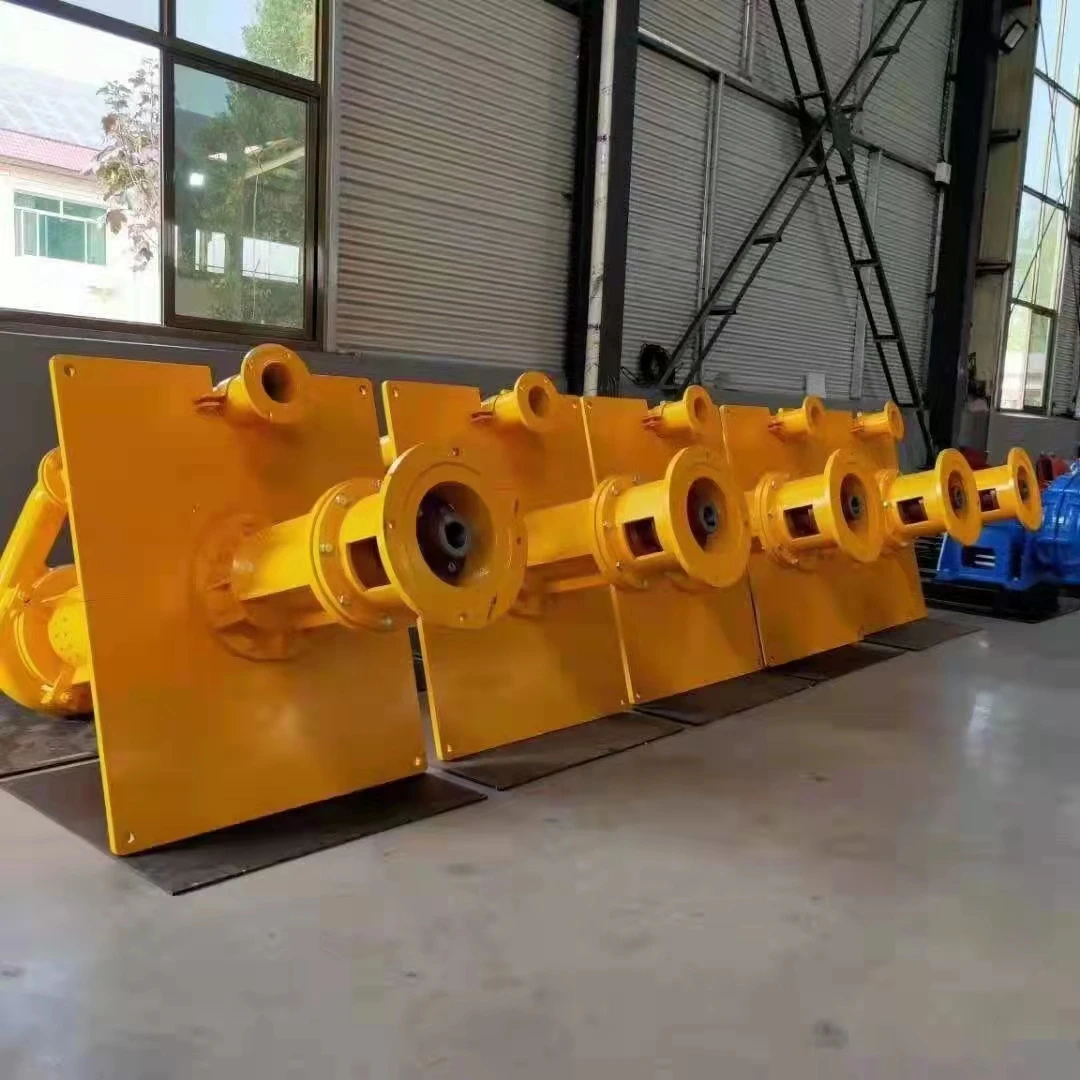
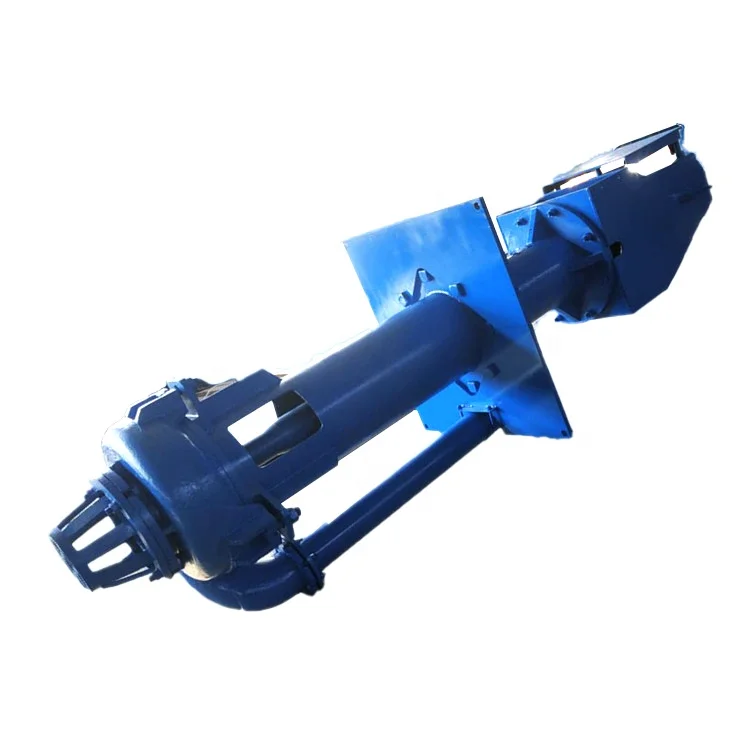
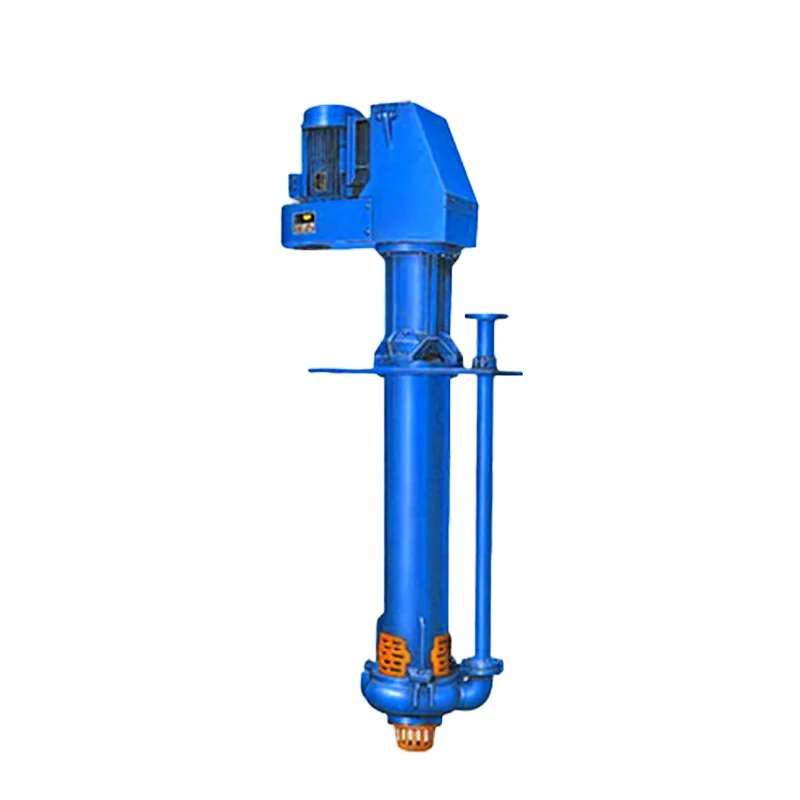
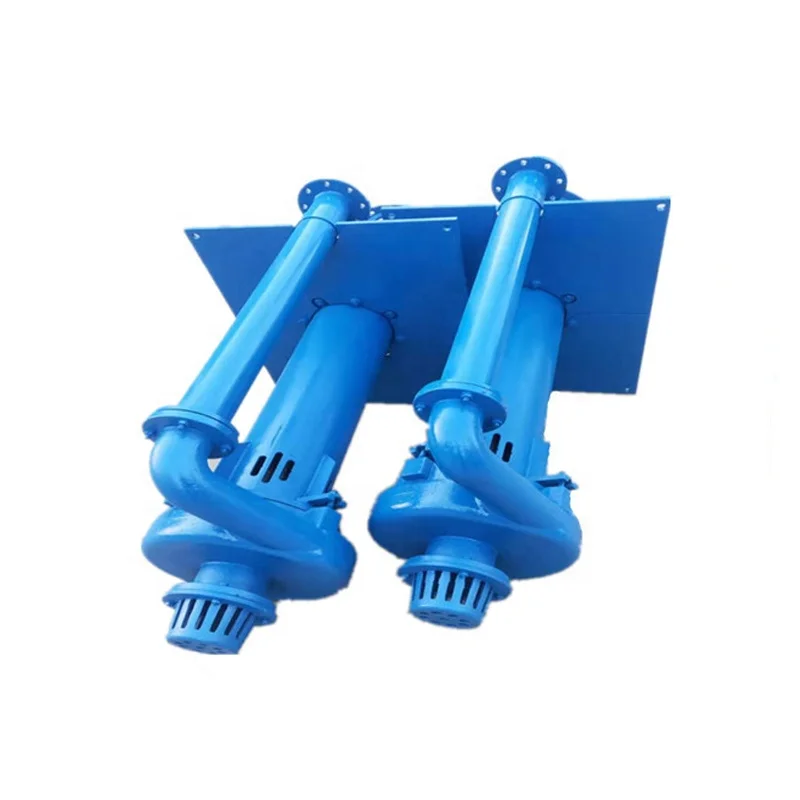
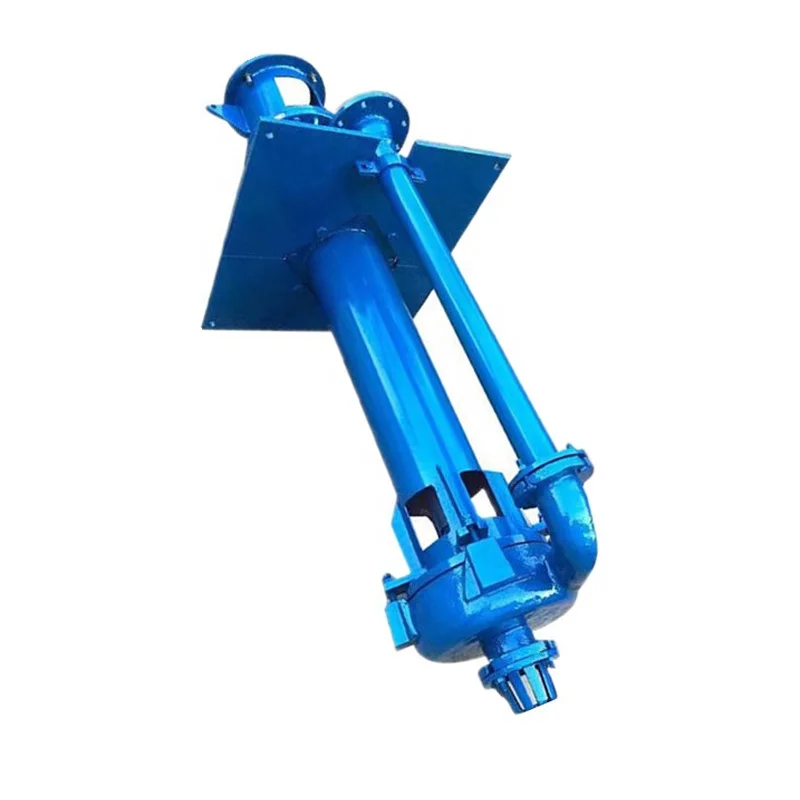
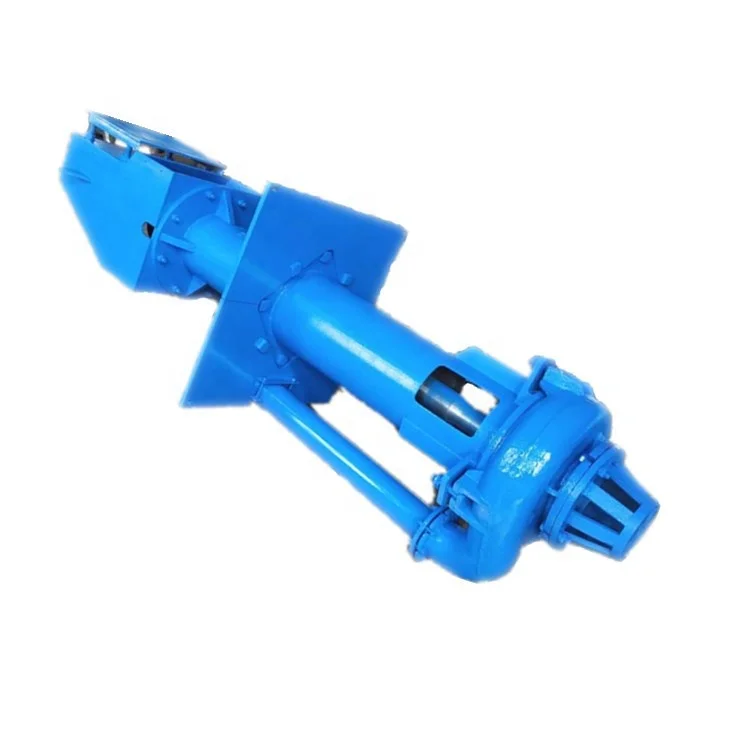
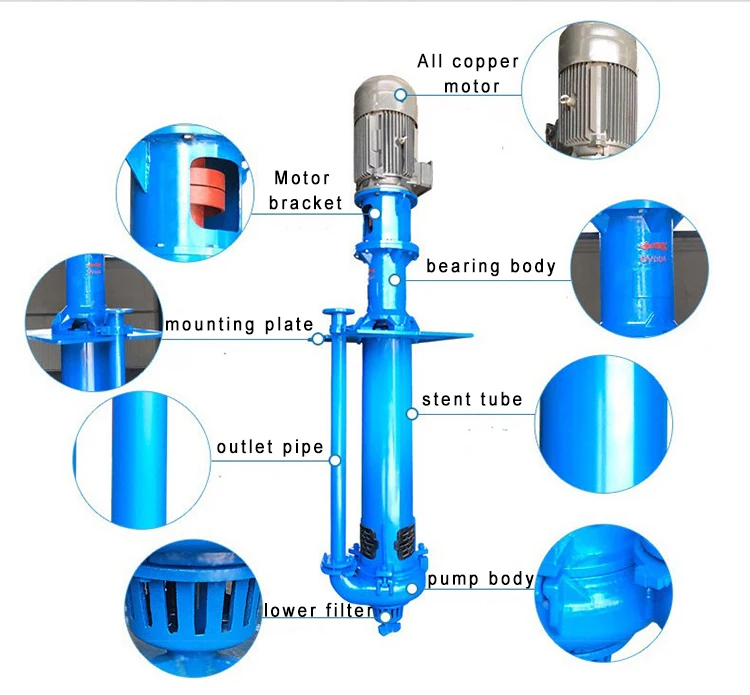
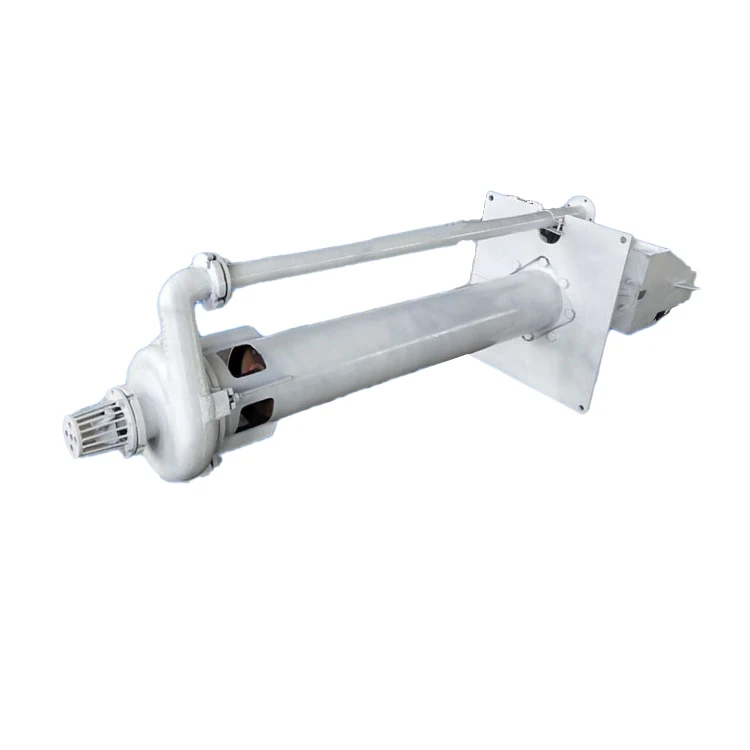
Please login to write a comment after